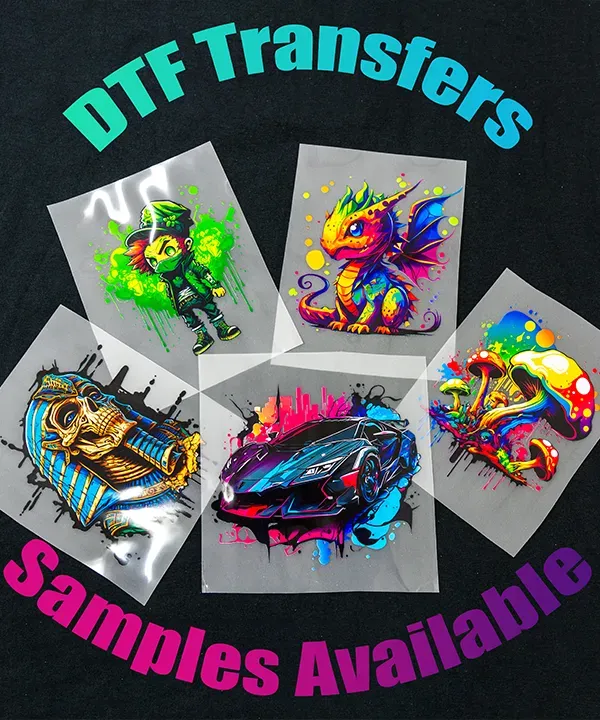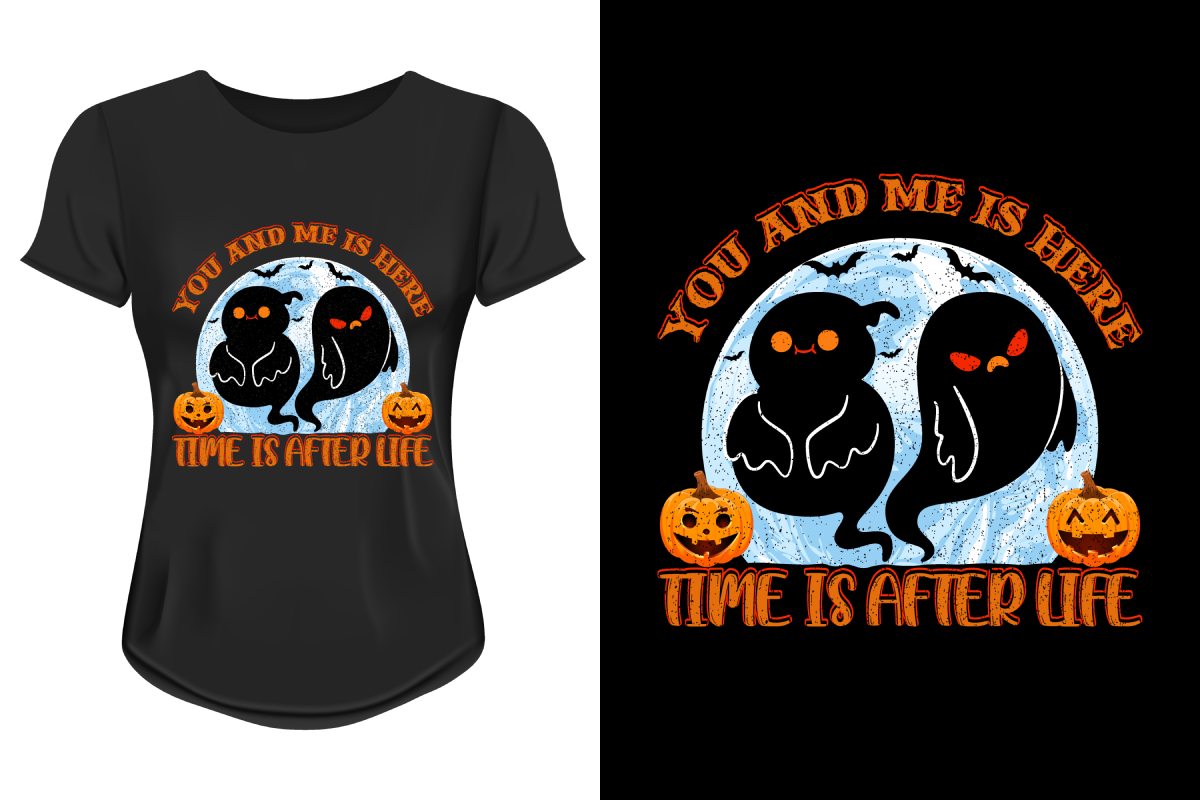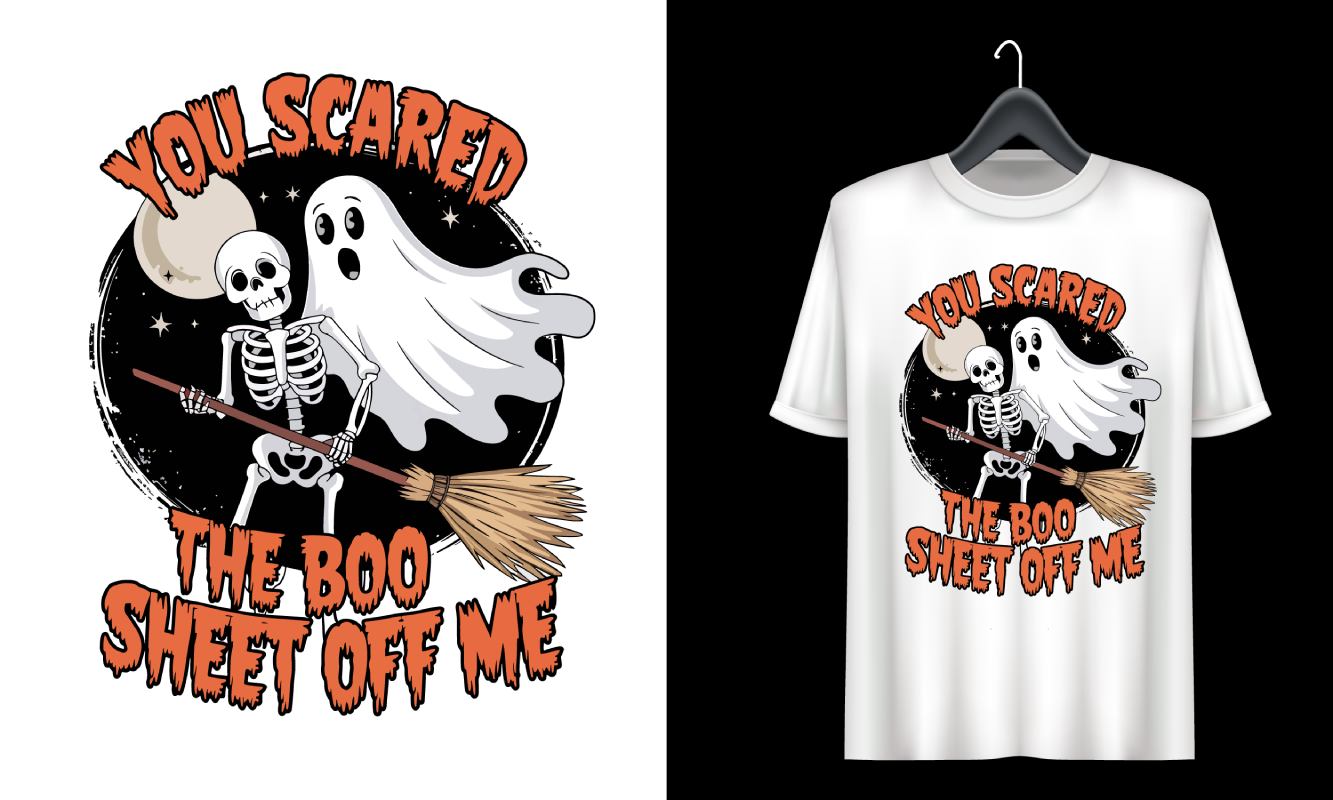In the rapidly evolving landscape of custom apparel printing, DTF transfers have emerged as a groundbreaking solution that offers both efficiency and versatility. This innovative printing technology, known as Direct to Film (DTF) printing, simplifies the T-shirt printing process, enabling users to create vibrant, high-quality designs with ease. By using a special film, designers can apply intricate graphics onto various fabric types, including cotton and polyester, providing endless possibilities for personalized merchandise. The benefits of DTF transfers, such as quick turnaround times and enhanced durability of prints, make it a favored choice among small to medium-sized enterprises looking to elevate their T-shirt printing capabilities. As the demand for custom apparel increases, understanding DTF transfer technology is essential for businesses aiming to stay competitive in this dynamic market.
When it comes to cutting-edge apparel manufacturing, the term “Direct to Film transfers” refers to an advanced T-shirt printing technique that is reshaping the industry. Often hailed for its impressive ability to deliver detailed, colorful graphics directly onto a film substrate before transferring to fabrics, this method is revolutionizing how custom designs are created. It’s distinct from traditional screen printing and digital printing options, emphasizing ease of use and high-quality results. Furthermore, many businesses are turning to this printing solution due to its practicality and cost-effectiveness, allowing them to cater to diverse customer needs effortlessly. By leveraging DTF technology, companies can streamline their production processes while offering a wide array of stylish garments.
Understanding DTF Transfers in T-Shirt Printing
DTF transfers, or Direct to Film transfers, represent a significant advancement in T-shirt printing technology. This method utilizes innovative techniques to print designs onto a special film that can be easily pressed onto various fabrics. Unlike traditional methods such as screen printing or DTG (Direct to Garment) printing, which often have material limitations and require extensive setup, DTF transfers offer a more adaptable solution for custom apparel printing. Businesses embracing this technology can cater to an expanding audience by offering a wide range of products, making their operations more flexible and responsive to market trends.
Moreover, the growing understanding of DTF transfers underscores their relevance in today’s fast-paced fashion industry. As companies increasingly seek reliable and efficient printing solutions, the DTF process emerges as a frontrunner due to its straightforward application and high-quality outputs. This capability aligns with the consumer trend of personalization, where unique designs can be effortlessly printed on-demand. Understanding this shift is crucial for businesses aiming to maintain competitive advantages and meet customer demands in a saturated market.
Exploring the Advantages of DTF Transfers
DTF transfer technology boasts numerous benefits that enhance its appeal to both businesses and customers alike. One key advantage is the extensive range of materials it can print on, which includes cotton, polyester, and blended fabrics. This versatility not only allows for a broader product selection but also enables businesses to explore new avenues for custom apparel printing. Whether it’s fashionable tees, durable hoodies, or promotional items like tote bags, DTF transfers empower businesses to diversify their offerings and adapt to consumer needs.
Another standout feature of DTF transfers is the vividness and durability of the prints produced. The technology enables high-resolution designs that retain their colors and detail even after multiple washes. This level of quality translates into satisfied customers and repeat business, which are essential for the growth of any T-shirt printing venture. As more businesses begin to recognize these advantages, DTF technology is positioned to redefine quality standards within the industry.
DTF Transfer Benefits for Small to Medium-Sized Enterprises
For small to medium-sized enterprises, the benefits of DTF transfers are particularly compelling. One primary advantage is the cost-effectiveness of this printing method compared to other technologies like DTG. This affordability lowers the barrier to entry, allowing more entrepreneurs to establish a foothold in the custom apparel market without incurring extensive initial costs. Additionally, the efficiency of DTF printing often leads to reduced operational expenses, making it an appealing option for startups looking to maximize profit margins.
Furthermore, DTF transfers streamline the entire printing process, enabling quicker production times. This speed is crucial in meeting the ever-increasing demand for custom apparel. As trends can shift rapidly, businesses leveraging DTF technology can swiftly adapt their offerings and take advantage of current styles, thereby improving customer satisfaction and enhancing their reputation for responsiveness in a competitive marketplace.
Market Trends and Innovations in DTF Printing
The market for DTF printing is expanding at an unprecedented rate, driven by consumer preferences for personalized goods and the increasing efficiency of production methods. Recent studies have shown that T-shirt printing businesses integrating DTF technology experience improved order fulfillment times, which significantly contributes to higher levels of customer satisfaction. By aligning production capabilities with consumer demand for custom and on-demand items, businesses can foster a loyal customer base and stabilize their market position.
Moreover, the rise of e-commerce has fueled the growth of on-demand printing practices, further solidifying the relevance of DTF transfers. Businesses that adopt these printing solutions can respond promptly to market changes, ensuring their offerings are in tune with consumer desires. As technology continues to evolve, we can expect further innovations in DTF printing that will enhance operational efficiency and improve product quality, positioning firms for success in a dynamic market.
Challenges of Implementing DTF Technology
While DTF printing offers multiple advantages, it is not without its challenges. One of the primary concerns associated with this technology is the necessity for specialized ink formulations, which can lead to increased costs for businesses sourcing quality materials. As production scales, maintaining consistency in print quality becomes increasingly vital. This aspect places pressure on businesses to establish strict quality control measures to ensure that every printed item meets customer expectations.
Additionally, as the popularity of DTF methods rises, the market may witness a saturation of providers, making it imperative for businesses to differentiate themselves through quality and service. Addressing these challenges proactively can empower companies to leverage DTF printing’s full potential while navigating the complexities present in a competitive custom printing landscape.
Future of DTF Printing in Custom Apparel
The future of DTF printing looks promising, with continuous advancements in technology and material formulations driving its adoption across the custom apparel landscape. Experts predict that as businesses increasingly recognize the benefits of DTF transfers, they will become a standard in the industry, allowing for higher levels of customization and personalization. This trend aligns with the rapidly evolving consumer expectations for unique and tailored products, which DTF technology adeptly facilitates.
Furthermore, the shift towards sustainable practices in fashion also influences the future of DTF printing. Innovations aimed at reducing waste and improving ink formulations will enhance DTF’s appeal among environmentally-conscious consumers. As manufacturers work towards creating more sustainable and efficient printing solutions, DTF transfers are positioned to become a cornerstone of responsible custom apparel printing, benefitting both businesses and the environment.
Frequently Asked Questions
What are DTF Transfers and how do they work in T-shirt printing?
DTF Transfers, or Direct to Film transfers, involve printing designs onto a special film, which is then transferred to fabric using heat and pressure. This T-shirt printing technology allows for vibrant colors and intricate details, making it an attractive option for custom apparel printing.
What are the benefits of using DTF Transfer technology for T-shirt printing?
DTF Transfer technology offers multiple benefits, including versatility across different fabric types, high-quality prints that are durable, cost-effectiveness compared to other methods like DTG printing, and a simplified production process that enhances efficiency and turnaround times.
Can DTF Transfers be used on various fabric types for custom apparel?
Yes, DTF Transfers can be applied to a wide range of fabrics, including cotton, polyester, and fabric blends. This versatility makes it an excellent choice for expanding product offerings beyond just T-shirts into items like hoodies and tote bags.
How does DTF printing compare to traditional T-shirt printing methods?
DTF printing differs from traditional methods like screen printing and DTG in its process and results. DTF is generally simpler, more cost-effective, and offers better color vibrancy and durability, making it increasingly popular among T-shirt printing businesses.
What challenges should businesses consider when using DTF Transfers?
While DTF Transfers provide many advantages, businesses should be aware of challenges such as the need for specific ink formulations, which can increase material costs, and the importance of quality control to maintain consistent output as the technology becomes more widespread.
Is DTF technology the future of custom T-shirt printing?
Experts believe that DTF technology holds a promising future in the custom T-shirt printing industry due to its ability to produce high-quality, personalized prints on demand. As advancements continue, it may become a standard practice in the industry, catering to diverse consumer preferences.
| Key Points | Description |
|---|---|
| DTF Transfers | A modern printing method that allows designs to be printed onto film and then transferred onto various fabrics through heat and pressure. |
| Versatility | Can be applied to multiple fabric types beyond just T-shirts, including hoodies and bags. |
| Vibrant Colors and Detail | Produces high-resolution prints that resist fading even after multiple washes. |
| Cost-Effectiveness | Lower initial setup costs compared to DTG printing, making it more accessible for small businesses. |
| Simplified Process | Requires fewer steps than traditional methods, leading to quicker order fulfillment. |
| Market Trends | Increasing adoption driven by consumer demand for custom apparel and improved fulfillment times. |
| Challenges | Requires specific inks, which can increase material costs and quality control is crucial. |
| Future Outlook | Predicted continuous improvement in technology and customization options will enhance competitiveness. |
Summary
DTF Transfers are revolutionizing the T-shirt printing industry by offering a remarkable combination of versatility, vibrant quality, and cost efficiency. As businesses recognize the advantages of DTF technology, they are better positioned to meet the diverse demands of consumers seeking unique and personalized apparel. The integration of DTF transfers not only enhances product offerings but also supports operational efficiency and customer satisfaction. With technological advancements propelling DTF further into the spotlight, it is clear that this method will play a fundamental role in shaping the future of custom T-shirt printing.



